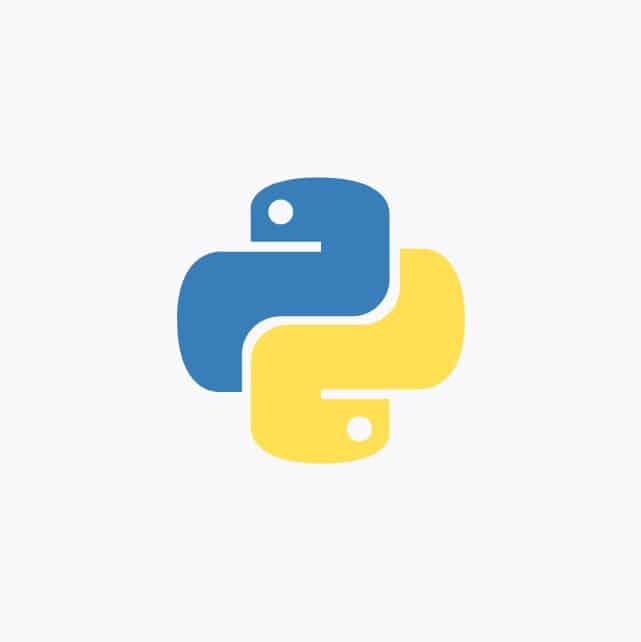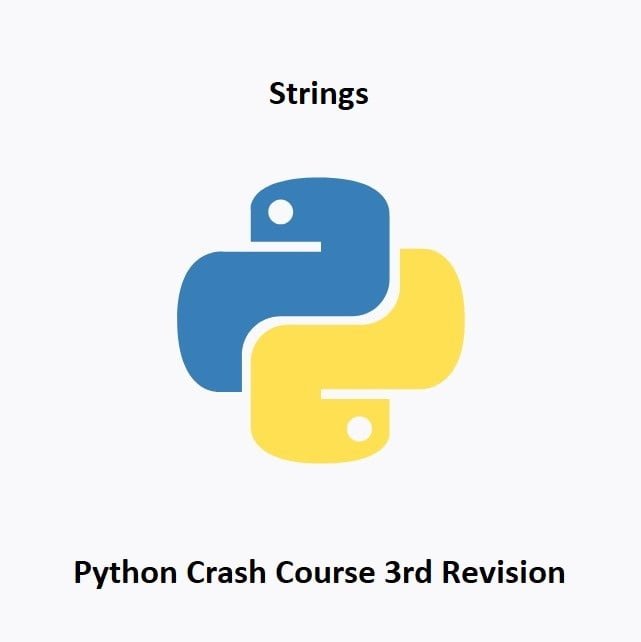
Immutable Data Structures for Efficient Coding
Tuples in Python are ordered collections of elements, similar to lists, but with a key distinction: tuples are immutable, meaning their contents cannot be changed after creation. They offer stability and security for data that should not be altered. Let’s uncover tuples with this Python crash course guide. Learn their properties, use cases, and how they complement lists as efficient containers within programming.
Lists Vs. Tuples
In Python, a tuple is an immutable sequence of elements, enclosed in parentheses (), where each element is separated by a comma. Both lists and tuples are used to store collections of items. However, there are some key differences between them:
Mutability:
- Lists are mutable, which means you can add, remove, or modify elements after creating the list.
- Tuples, on the other hand, are immutable, and their elements cannot be changed after creation. Once a tuple is created, its elements remain fixed.
Syntax:
- Lists are created using square brackets
[ ], e.g.,my_list = [1, 2, 3]. - Tuples are created using parentheses
( ), e.g.,my_tuple = (1, 2, 3).
Performance:
- Due to their immutability, tuples can be slightly faster and use less memory than lists.
- Lists have some overhead due to their dynamic nature and the need to resize as elements are added or removed.
Use Cases:
- Lists are typically used for collections of items where you need to modify the data frequently or when you want an ordered collection of elements.
- Tuples are useful when you have a fixed set of items that you don’t want to change, or you need an immutable collection (e.g., dictionary keys, function arguments, etc.).
Working with Tuples
Basic Example of Creating a Tuple:
my_tuple = (1,2,3,4,5) print(my_tuple) # Output: 1, 2, 3, 4, 5
You can access individual elements of a tuple using indexing.
For Example:
my_tuple = (1,2,3,4,5) print(my_tuple[0]) # Output: 1 print(my_tuple[4]) # Output: 5
Tuples also support negative indexing, where -1 refers to the last element, -2 refers to the second-to-last element, and so on.
For Example:
my_tuple = (1,2,3,4,5) print(my_tuple[-1]) # Output: 5 print(my_tuple[-3]) # Output: 3
Since tuples are immutable, you cannot modify their elements or assign new values to them. If you try to edit a Python tuple, you will encounter a TypeError since tuples are immutable, meaning their elements cannot be changed after creation. However, you can perform operations like concatenation and slicing to create new tuples.
For Example:
new_tuple = my_tuple + (6, 7, 8) print(new_tuple) # Output: (1, 2, 3, 4, 5, 6, 7, 8) sliced_tuple = my_tuple[1:4] print(sliced_tuple) # Output: (2, 3, 4)
Tuples are commonly used when you want to group related data together that should not be modified, such as coordinates (x, y) or RGB color values (red, green, blue). They can also be used for returning multiple values from a function.
Tuples Quiz
Test Completed
Your final score: 0 / 0
Conclusion
Tuples, as immutable data structures, offer stability and security in Python programming. Their immutability ensures that once created, their contents remain unchanged, making them ideal for representing fixed collections of elements. Understanding tuples alongside their immutability facilitates the creation of robust and secure applications, complementing the mutable nature of lists. Mastery of tuples equips programmers with a versatile tool for managing data that should remain constant throughout the code execution.
In the next installment of this Python Crash Course, we will be learning about The Range Function
That’s All Folks!
You can explore more of our Python guides here: Python Guides





